An old, somewhat passé, trick used to purify protein samples based on their affinity for water has found new fans at NIST.
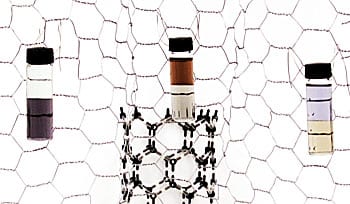


An old, somewhat passé, trick used to purify protein samples based on their affinity for water has found new fans at NIST.
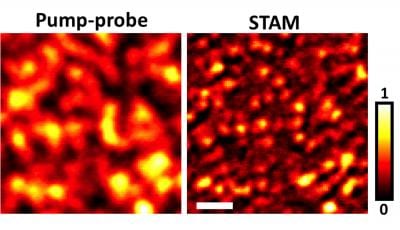
Researchers have found a way to see synthetic nanostructures and molecules using a new type of optical microscopy that does not require fluorescent dyes.
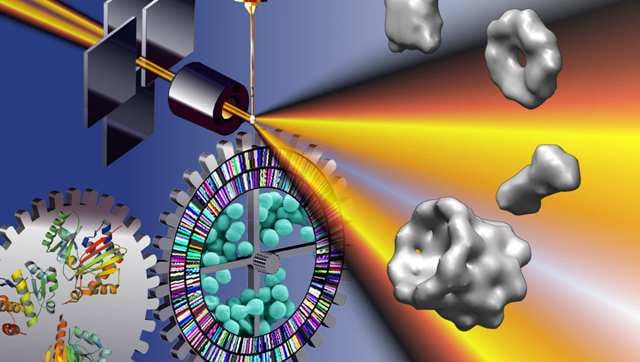
Berkeley Lab Researchers develop new metrics for X-ray and neutron analysis of flexible macromolecules.
100-nanometer-long “meta-atom” of gold and silicon oxide is capable of straightening and speeding up light waves.
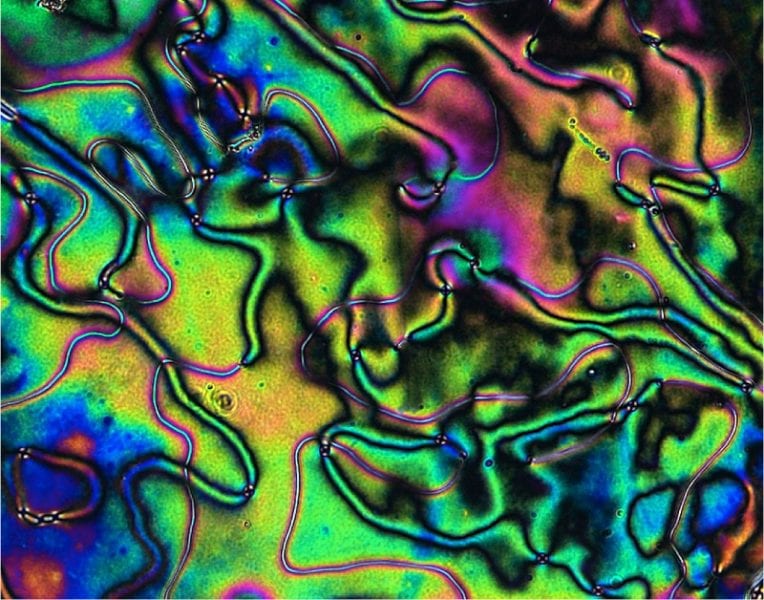
Rice University researchers find that silicone liquid crystals stiffen with repeated compression.
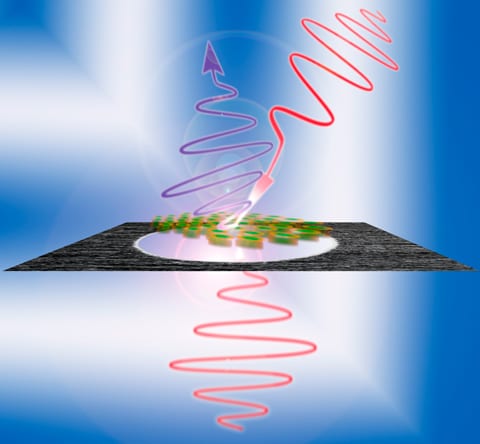
Researchers succeed in generating flashes of extreme ultraviolet radiation via the reflection from a mirror that moves close to the speed of light.
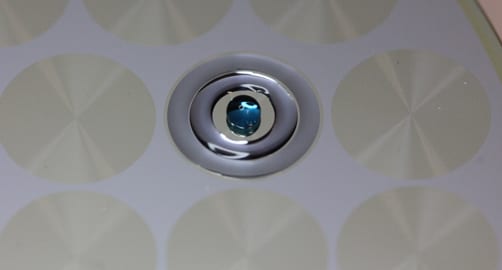
Researchers at Aalto University have developed a geometric surface structure that is able to stop and control the spreading of liquids.
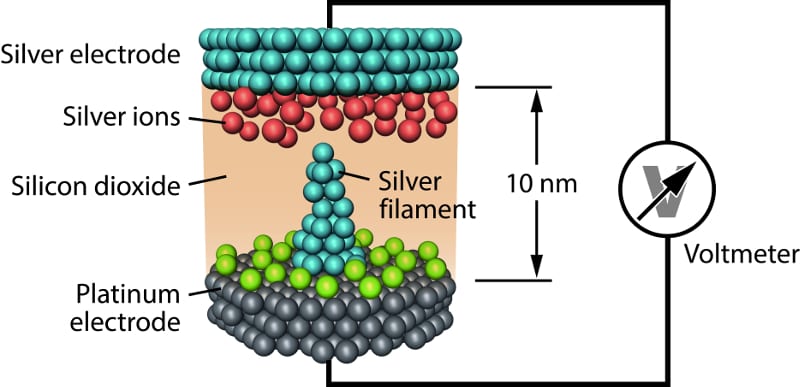
Resistive memory cells open up new possibilities in nanoelectronics.
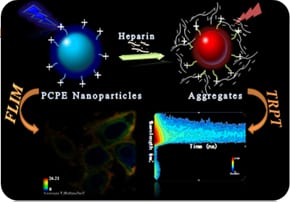
Researchers report the application of TRPT and fluorescence lifetime imaging microscopy (FLIM) for heparin sensing and bioimaging.
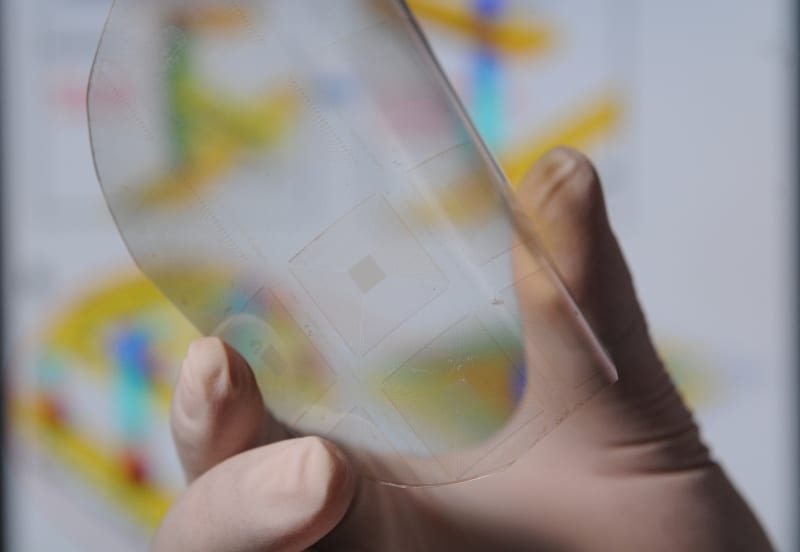
Researchers have fabricated arrays of piezotronic transistors capable of converting mechanical motion directly into electronic controlling signals.